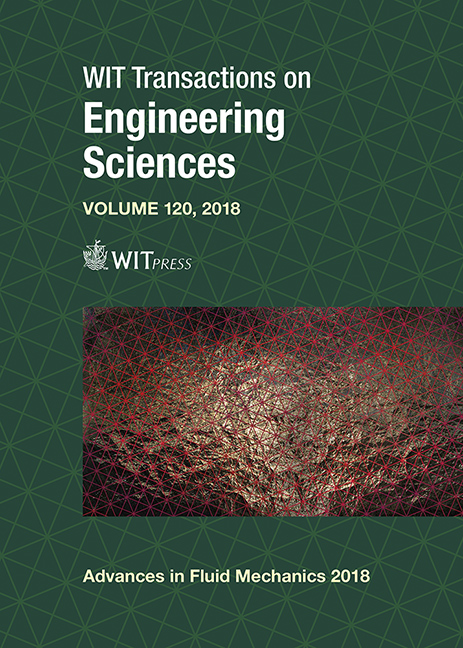NUMERICAL INVESTIGATION OF VERTICAL GAS–LIQUID SEPARATORS USING COMPUTATIONAL FLUID DYNAMICS AND STATISTICAL TECHNIQUES
Price
Free (open access)
Transaction
Volume
120
Pages
12
Page Range
103 - 114
Published
2018
Size
466 kb
Paper DOI
10.2495/AFM180111
Copyright
WIT Press
Author(s)
JULIO CESAR MENDEZ, AHMET ERGIN EFENDIOGLU, JOSE LEONARDO GUEVARA
Abstract
Many industrial devices found in the oil and gas industries are designed using empirical correlations, such as gas–liquid vertical separators. However, the physics involved in these devices are quite complex including multiphase flows and internal devices that are not considered in the empirical approach. Therefore, important discrepancies are found in industrial fields. This research conducts a numerical study using Computational Fluid Dynamics (CFD) to assess the different empirical models used in such designs. A short review of the different models is presented and compared and computational experiments are used to evaluate the parameters of importance of these devices. In addition, statistical models are implemented to evaluate the influence of operational parameters, properties of fluids and geometric variables to the efficiency of the separator and pressure drop. To this end, a surrogate model is developed using Kriging interpolation that allows evaluation of the different combination of parameters without running each design using CFD. Preliminary results demonstrate that the standard accepted as general reference ANSI/ANSI/API-12J provides the lowest efficiency and the higher pressure drop, albeit small, compared to the other methods.
Keywords
vertical oil–gas separator, CFD, optimization, efficiency of separation





